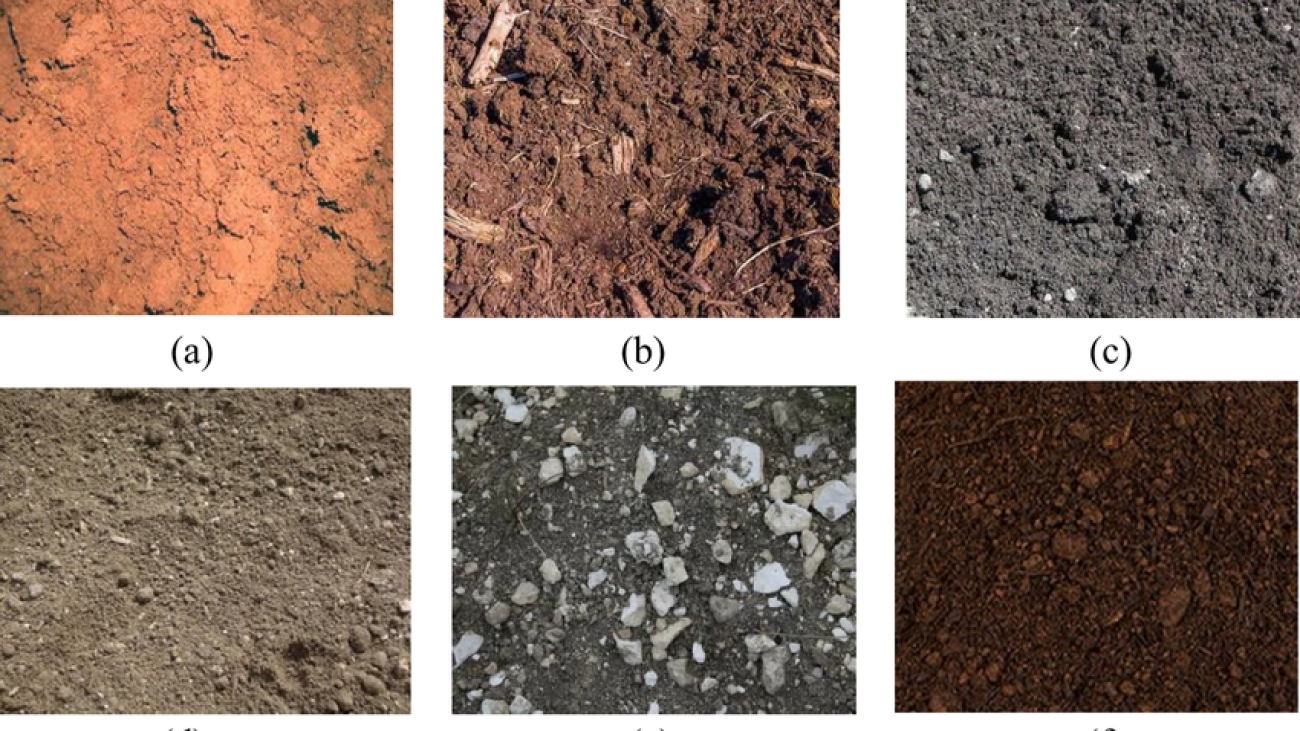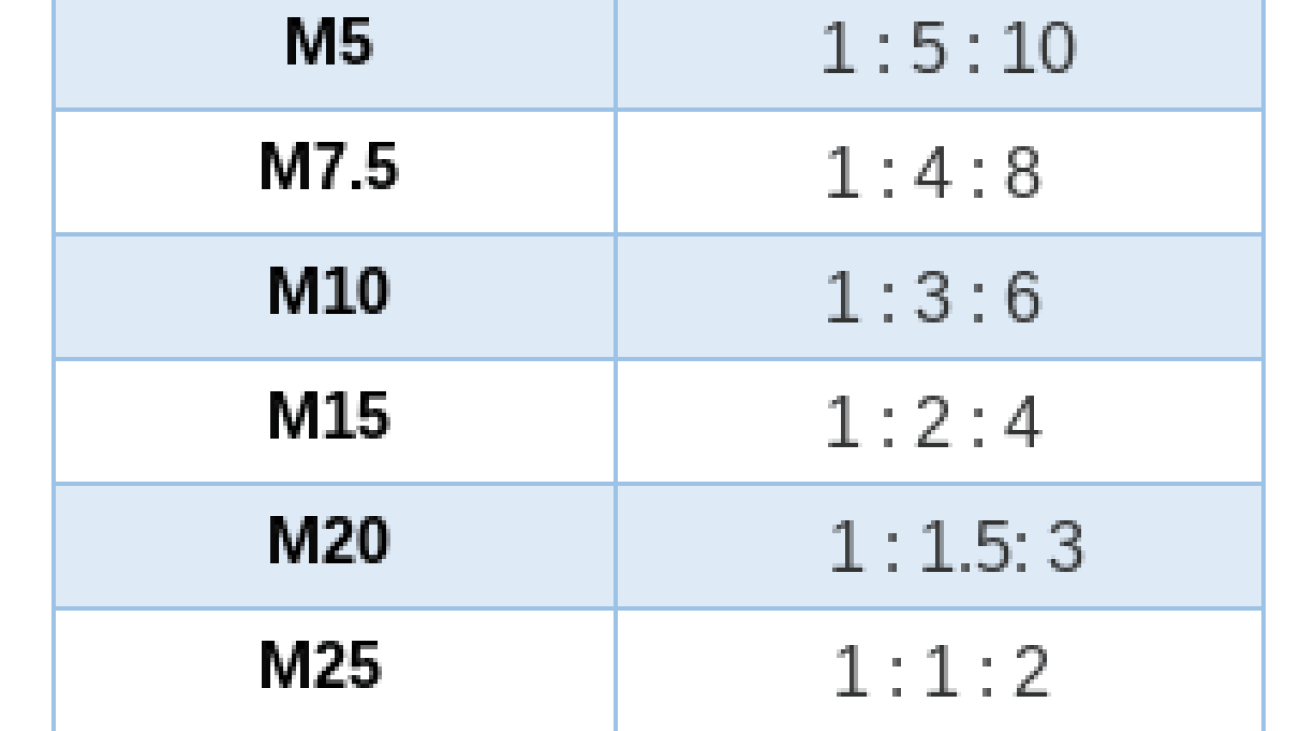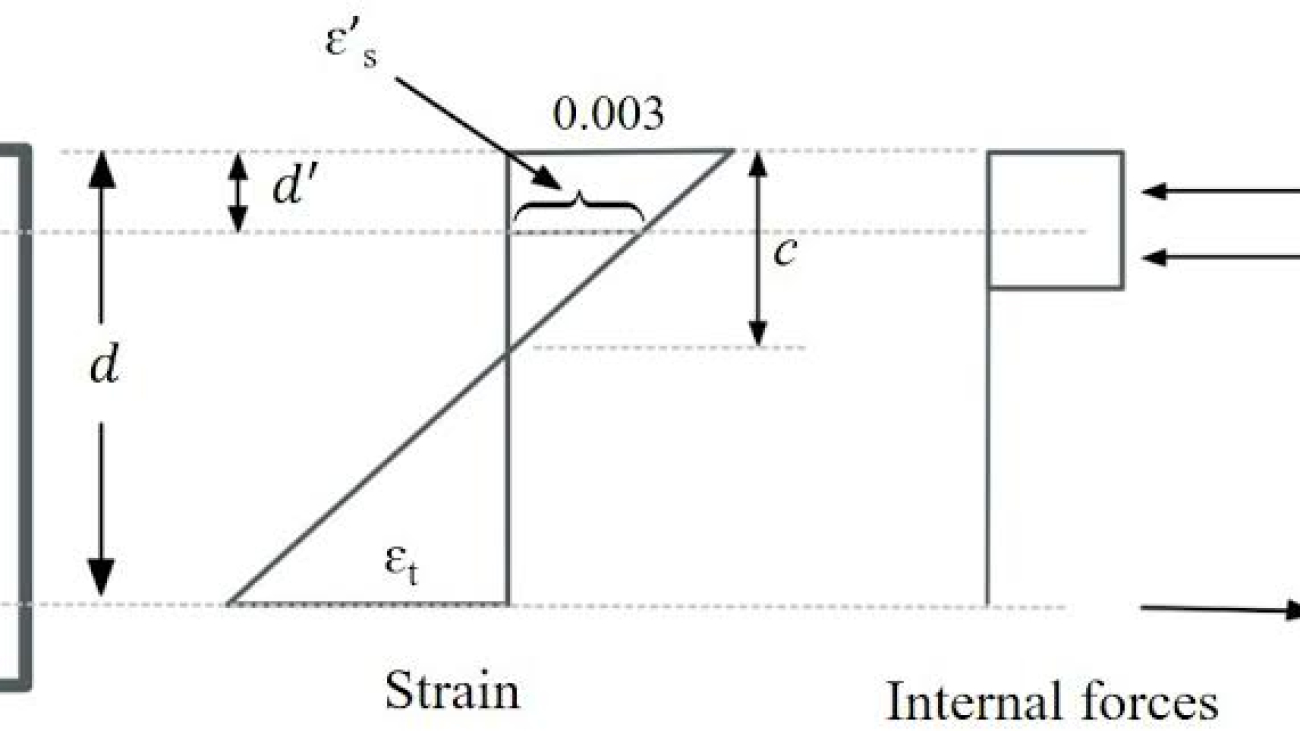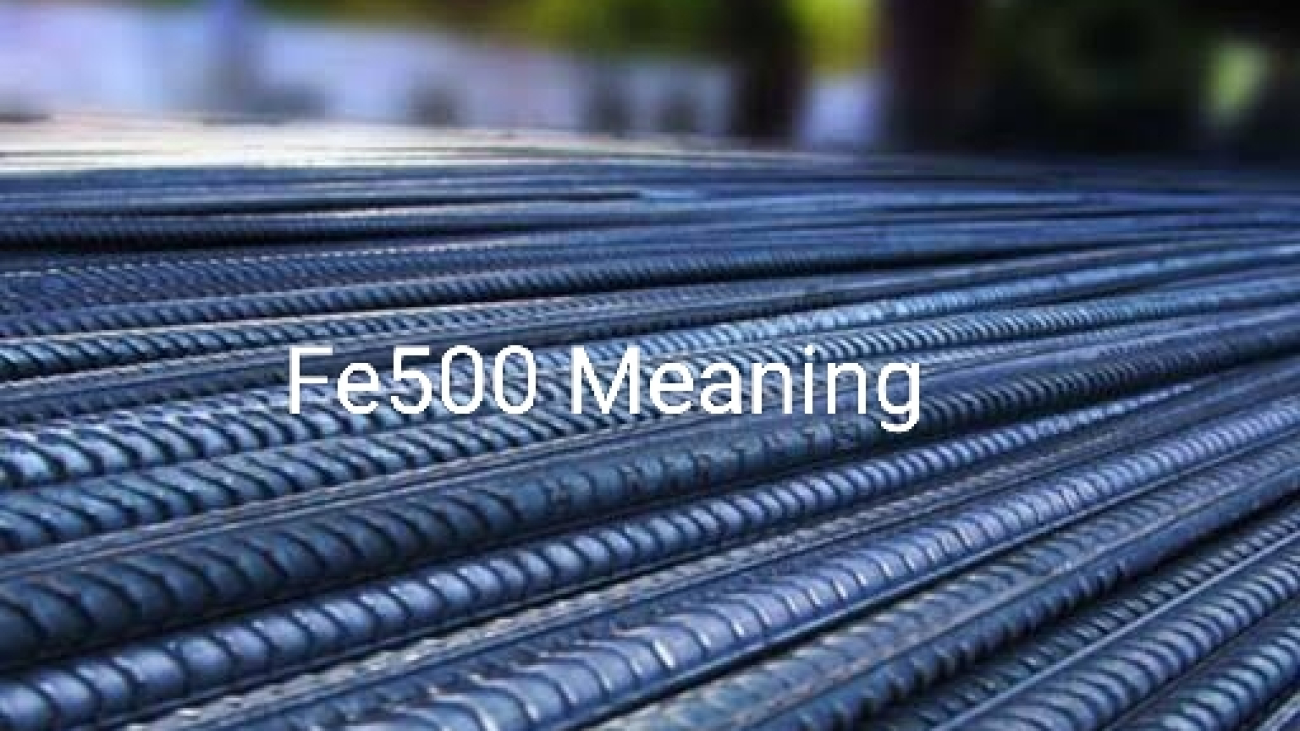Type D soil is a classification used in geotechnical engineering to describe soil that has specific characteristics affecting its stability and suitability for construction. In the context of the Unified Soil Classification System (USCS) and the Occupational Safety and Health Administration (OSHA) soil classifications, Type D soil refers to soils that have very low shear strength and are considered highly unstable. Here are some key points about Type D soil:
- +92 315 7854044
- idspk3@gmail.com
- Office Address: Near NADRA Office Wari, Dir Upper, KPK, Pakistan










